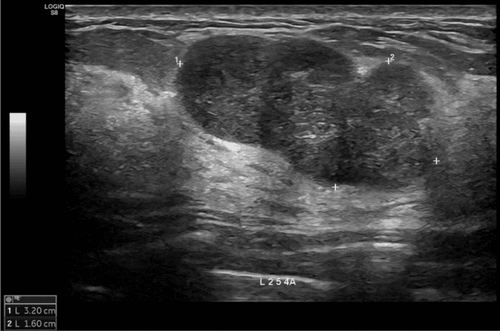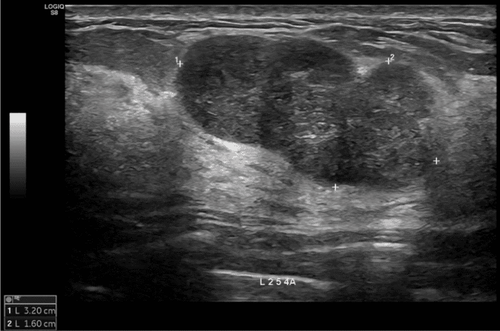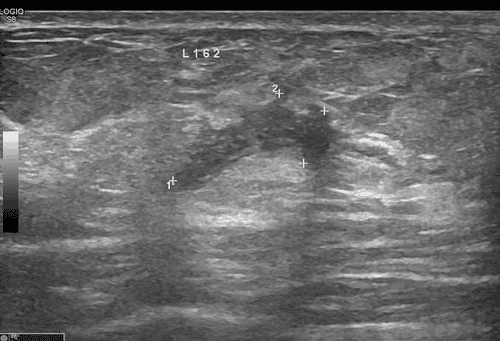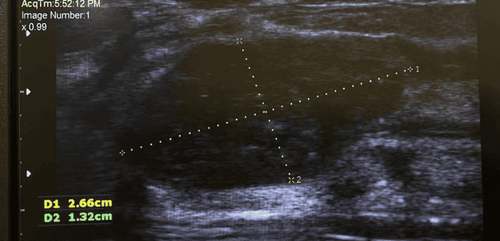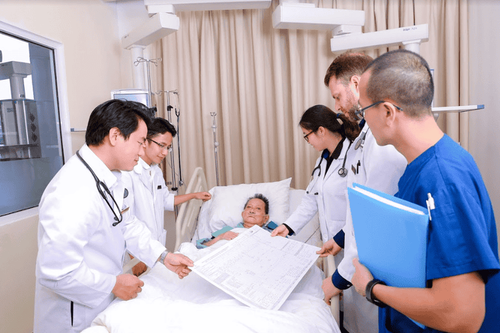Hanoi, September 18, 2024 - Doctors at Vinmec Times City International Hospital and engineers from the 3D Technology in Medicine Center at VinUniversity announced the successful radical surgery of an 11.5 cm mediastinal tumor and chest wall reconstruction for a patient using titanium material. This event has made Vinmec the first hospital in Southeast Asia to apply 3D printing technology with titanium material for cardiopulmonary patients requiring artificial bones.

A 55-year-old female patient from Ha Nam experienced severe left chest pain for several weeks, with continuous pain that worsened with breathing, making daily activities difficult. The patient visited a provincial hospital and discovered a chest tumor (anterior mediastinal tumor). The patient was transferred to Vinmec for multidisciplinary consultation and treatment planning.
The results showed that the mediastinal tumor was large, up to 11.5 cm, and had complicatedly invaded the left chest wall, ribs 2, 3, and 4, the upper lobe of the left lung, and part of the sternum, causing severe compression on the heart, lungs, and surrounding organs. The case was diagnosed at a late stage, where chemotherapy and radiation therapy were no longer effective, and could only be resolved by wide tumor excision along with the sternum and adjacent ribs.
In addition to the radical tumor removal, the case also posed a significant challenge in reconstructing the chest wall to protect heart and lung function after surgery. If not properly reconstructed, the risk of respiratory impairment and injury to internal organs would increase significantly.

Previously, in Vietnam and Southeast Asia, large chest wall defects after cancer surgery were often covered using muscle flaps from other locations, creating a large scar and causing psychological trauma for the patient.
The artificial materials used previously only served to cover the shape, not protecting the heart and lungs inside the chest in the correct position and normal functioning, nor preventing external impacts. Therefore, traditional surgical methods could not be considered optimal solutions.

The chest is not a static structure but continuously expands and contracts with the rhythm of breathing and the activity of the heart and lungs. Therefore, a large defect in the anterior chest wall poses a significant challenge in restoring the anatomical structure of this area. According to previous medical literature, several studies worldwide have proposed various 3D-printed graft designs. However, each design still has certain drawbacks, such as complexity and difficulty in manipulation, leading to prolonged surgery times.
To address this issue, a design team comprising thoracic and cardiovascular specialists, orthopedic trauma experts from Vinmec, and engineers from the 3D Technology Center in Medicine at VinUni University spent nearly three weeks of intensive research and improvement. They aimed to overcome the limitations of previous designs, testing dozens of simulated scenarios to achieve meticulous, sophisticated designs that ensure thinness and precision to the highest standards.

The product is not only groundbreaking in design but also integrates a lung hernia mesh, surpassing global surgeries that typically require multiple separate grafts to protect the lungs and heart. This innovation minimizes the risk of graft displacement within the body post-surgery.
The entire process, from design to production, was approved by the Vinmec Health System's Professional Council and Ethics Council, in close collaboration with the VinUni Health Sciences Institute, ensuring compliance with the highest international standards. This process was further supported by experts from SLM, a leading German company in 3D printing and medical engineering training, contributing to the optimal quality and success of the surgery.
On September 11, 2024, under the direction of Dr. Dang Quang Huy (Deputy Director of the Cardiovascular Center, Vinmec Times City) and Professor Tran Trung Dung (Director of the Orthopedic & Musculoskeletal Department, Vinmec Health System), the surgery to reconstruct nearly the entire left chest of the patient was successfully completed in nearly three hours.
Previously, the patient had undergone an initial surgery to completely remove the invasive mediastinal tumor in the chest area. In this second surgery, the doctors focused on restoring the anatomical structure of the chest, ensuring respiratory function and necessary protection for vital internal organs.

During the surgery, the functionality of the graft was tested. It achieved a 99% fit, ensuring normal respiratory function for the patient. Just one day after the operation, the patient was able to sit up and converse normally, recovering well and being discharged after only five days. The precision of the surgery, thanks to 3D technology and advanced ESP pain relief techniques, shortened the surgery time and helped the patient recover quickly, reducing the hospital stay to just half of the usual time.

According to published scientific reports, over the past 10 years, there have been approximately 50 cases of 3D chest defect reconstruction using titanium alloy materials in the United States, Europe, South Korea, and China. Notably, the patient at Vinmec is the first case in Southeast Asia, and Vietnam is the fourth country in Asia to use a fully artificial bone and hernia mesh for the heart and lungs, designed and 3D-printed with titanium material, without integrating or mixing other materials.

The success of this surgery not only marks a turning point in the field of large chest defect reconstruction in Vietnam but also opens up significant opportunities in other areas, such as maxillofacial defect reconstruction, soft tissue regeneration, and precise stent interventions. This contributes to improving treatment effectiveness and shortening recovery time for patients.
